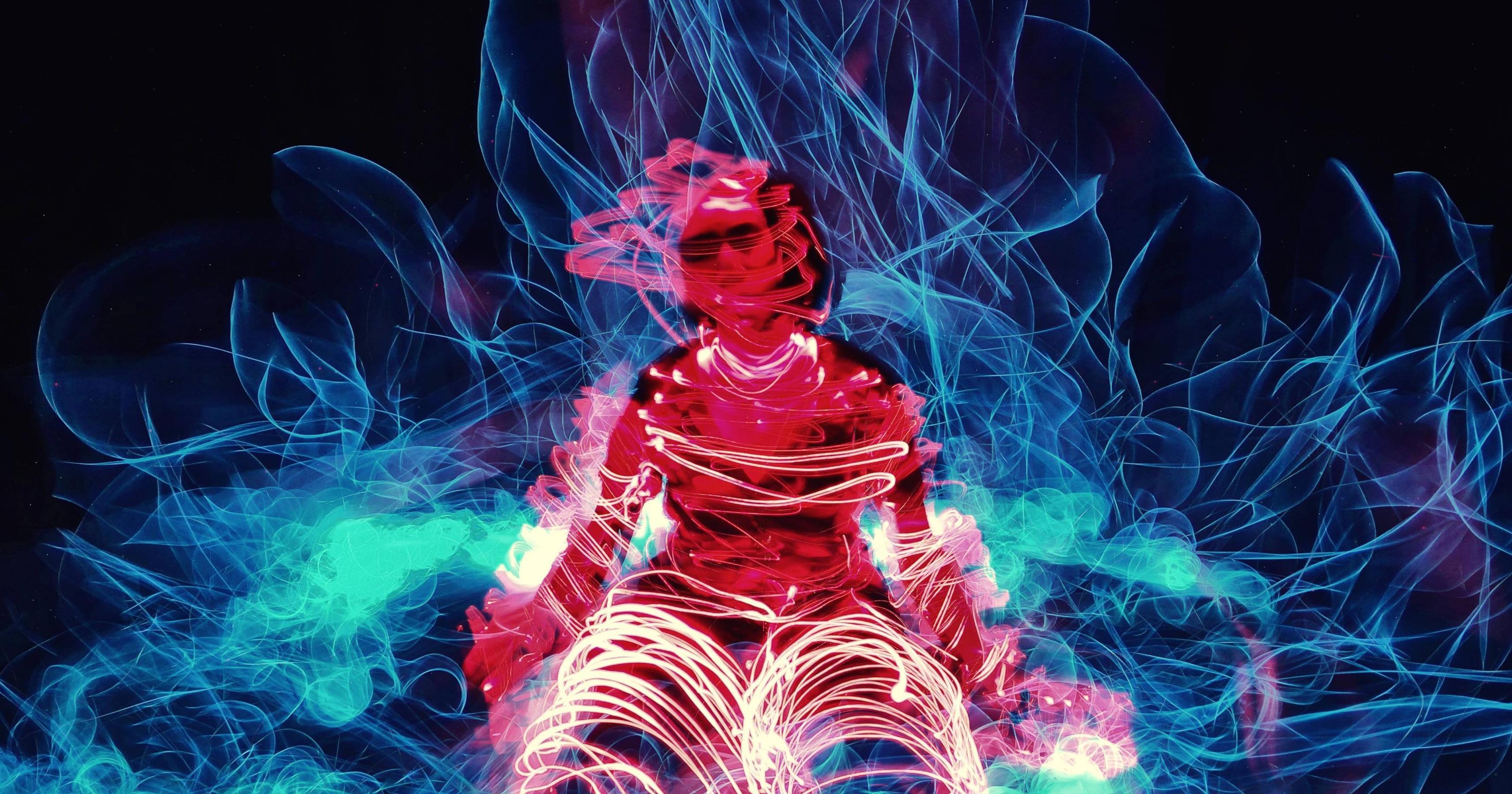What Is An Exposure In Photography
What Is An Exposure In Photography - Photography is an art form that requires patience and skills. One particular technique that creates stunning photos is long exposure photography. This technique involves capturing an image with a shutter speed that is slower than usual, allowing more light to enter the camera’s sensor. In this post, we will explore some of the best long exposure photography tips and examples for you to try out.
Shutter Speed
Tip #1: Use a tripod
When taking long exposure photos, even the slightest movement can lead to blurry images. Using a tripod ensures that your camera remains still throughout the entire exposure time. This allows you to capture sharp and crisp images, even in low light conditions.

Tip #2: Experiment with shutter speed
The shutter speed is the most important aspect of long exposure photography. For example, a 1-second exposure will allow in twice as much light as a ½-second exposure. Longer exposures can result in more dramatic effects like star trails, while shorter exposures can capture the motion in a more natural way, like the movement of water. Play around with different shutter speeds to see what results you can achieve.
ISO & Aperture
Tip #3: Keep ISO low
A high ISO can create more image noise and can reduce the quality of your images. For long exposure photography, set your ISO to its lowest possible setting to get the best possible results.
Tip #4: Adjust your aperture
When photographing subjects in motion, It is important to choose the right aperture. A wide aperture (low f-number) will create a shallower depth of field, while a smaller aperture (higher f-number) will create a deeper depth of field. This means that more of the image will be in focus, which is great for subjects that have a lot of detail, such as cityscapes.

Filters
Tip #5: Use neutral density filters
Neutral density filters or ND filters are essential for long exposure photography. They are darkened pieces of glass that fit over the front of your lens to reduce the amount of light that enters your camera. By using these filters, you can achieve longer shutter speeds without overexposing your images.
Tip #6: Consider a polarizing filter
Polarizing filters are great for reducing glare and reflections, especially when photographing water. By using a polarizing filter, you can capture an entirely different perspective of the same scene.

Composition
Tip #7: Look for interesting elements
The key to a great long exposure photograph is to find an interesting subject. Look for elements that are dynamic in nature like waterfalls, waves or clouds. These elements will allow you to create a sense of motion in your photographs.
Tip #8: Experiment with framing and angles
Choosing the right angle can make a huge difference in the overall composition of your photograph. Don't be afraid to try different perspectives and angles when taking long exposure photos. This will allow you to capture the subject in a unique and interesting way.
Creative Ideas
Tip #9: Try light painting
Light painting is a technique that involves creating light trails with a torch, flashlight, or other light sources. By using this technique, you can create stunning and unique photos that capture light in motion.
Tip #10: Use multiple exposures
If your camera has a multiple exposure mode, this can offer a unique opportunity to create some stunning long exposure photos. Experiment with different settings to create unique and abstract images.

With these long exposure photography tips, you can create stunning and unique images that stand out from the crowd. Remember to have fun and experiment with different techniques and settings to find the perfect shot for you. Whether you’re capturing the motion of water or experimenting with light painting, the possibilities are endless.
View more articles about What Is An Exposure In Photography
Post a Comment for "What Is An Exposure In Photography"